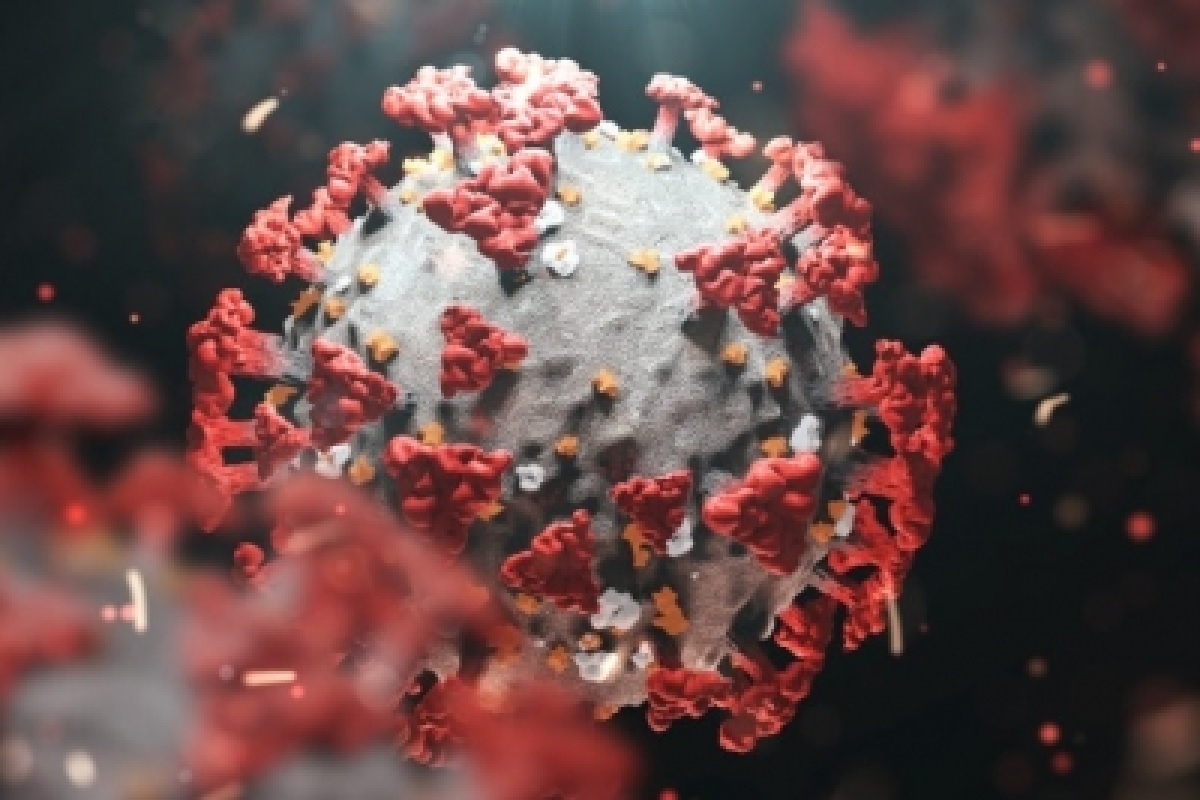Covid-19 variant KP.3.1.1 predominant in US as infections continue ticking up
KP.3.1.1, of the Omicron family, is among many currently co-circulating JN.1-derived variants in the US, Xinhua news agency reported.
The phase two response is to slow the spread and protect the vulnerable communities.

Photo: IANS
The New Zealand government on Wednesday announced a three-phase plan that aims to slow down and curb the spread of the Omicron variant of Covid-19 in the country.
“Through the course of managing Omicron, we will be taking a phased approach. As case numbers grow, both testing and isolation approaches will change in response,” Xinhua news agency reported citing the New Zealand Associate Minister of Health Ayesha Verrall.
Advertisement
“We are setting out the changes ahead of large case numbers to give people a clearer idea of what to expect and what they need to do at each phase,” Verrall said, adding that vaccination remains the most effective weapon against the virus, and the Omicron variant is markedly less severe than prior variants.
Advertisement
“So far, we’ve been focused on keeping Omicron out of the community for as long as possible while we roll out vaccinations to children and boosters for our adult population,” she said.
According to the plan, the phase One response to Omicron involves taking a stamp it out approach. Cases will need to isolate for 14 days and contacts for 10 days.
The phase two response is to slow the spread and protect the vulnerable communities. The system will be adjusted to focus much more on identifying those who are at greater risk of severe illness from Omicron, which will be a smaller percentage of cases.
At phase two, the isolation period for cases is reduced to 10 days and contacts to seven days in line with the best practice overseas, Verrall said.
“A rapid escalation in case numbers and the resulting pressure on our resources will also require us to shift from identifying all infected individuals to being more targeted to those most at risk and those needed to keep the country going,” she said.
At phase three, when cases are in the thousands, through contact tracing household and household-like contacts will be identified only. This will mean the highest risk contacts will need to isolate, Verrall said.
“Supported self-service, rapid antigen testing for diagnosing Covid and a self-service tool to enable identification of high-risk contacts will be significant to respond to the high volumes of Omicron cases,” she added.
The majority of people will be supported and be able to self-manage and isolate at home, and clinical care will focus on anyone with high needs, the plan said, adding that through the course of phase two and three, a test to return regime will apply to the critical workforces, to keep them going through the outbreak.
“Our plan is simple, get boosted, wear a mask, follow basic hygiene rules we’ve become so familiar with and reduce contact as much as is practical,” Verrall said.
Advertisement